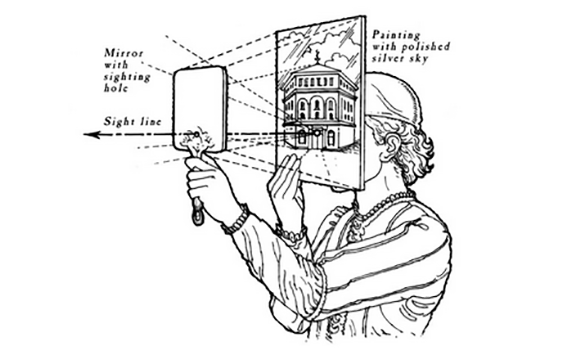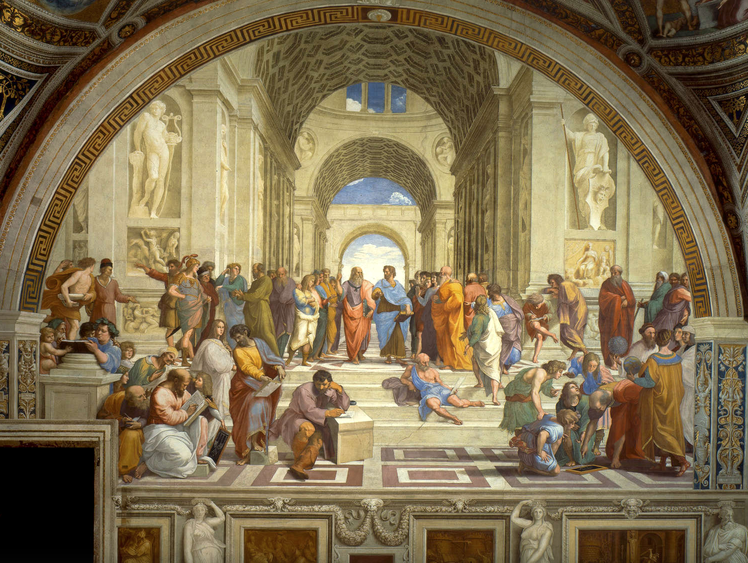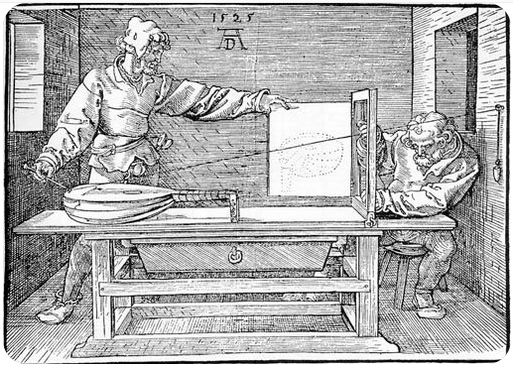The mixed history of linear perspective
The purpose of this “Post” is to provide the link (below) to my introduction to “Chapter 14 : Linear Perspective“, the second chapter of “Drawing with Knowledge” (the second BOOK in the two book volume). The main subject dealt with is uses and abuses of Linear Perspective. The chapter explains the purpose for which the rules the rule of linear perspective were developed and how over the years artists and teachers came to use them for other purposes for which they are not suited. It also explains how the rules of linear perspective can be used in new ways. A preliminary idea of what this means can be found in first paragraph of the “Introductory” to this chapter, which I have included below. Also see below for links to all published chapters from “Drawing with Feeling“, the first BOOK in the two book volume.
CHAPTER 14 – LINEAR PERSPECTIVE
![]()
“Introductory” – from Chapter 14 : Linear perspective
Academic tradition divides the subject of “perspective” into two aspects, known as “aerial” and “linear”. Aerial perspective concerns colour changes due to the influence on appearances of atmospheric particles situated between the eye and an object being viewed at a distance, and is dealt with in a separate volume. In this book attention will be confined to linear perspective. Moreover, to avoid misunderstandings, it is important to stress that no attempt will be made to compete with the many existing texts on this subject which demonstrate that, when properly applied, the well-known laws can enable the construction of moderately realistic images without the need to actually look at anything. As far as I know there is nothing of interest to add to these, although, a great deal needs modifying in many of the texts on the subject which regrettably give us oversimplified and therefore misleading versions of this complex and elegant subject. Rather, in this volume, the laws of linear perspective are treated in a completely novel way: not as a set of instructions for the placement of lines on but as a tool for guiding looking strategies. This transformation is achieved by placing them in the context of ideas coming both from 19th century research into visual phenomena and from much more recent discoveries relating to the functioning of eyes and brains. In PART 2, the subject of anatomy will be treated in an analogous way for analogous reasons.![]()
Some images relating to the theme of linear perspective




![]()
A list of chapters from “Drawing with Feeling“, book 1 of “Drawing on Both Sides of the Brain“
- Introduction to “Drawing with Feeling”
- Chapter 1: Accuracy versus expression
- Chapter 2: Traditional artistic practices
- Chapter 3: Modernist ideas that fed into new teaching methods
- Chapter 4: the sketch and explaining the feel-system
- Chapter 5: Negative spaces
- Chapter 6: Contour drawing
- Chapter 7: Copying Photographs
- Chapter 8: Movement, speed & memory
- Chapter 9: The drawing lesson- preparation
Chapters 10 to 13 to be published later
A list of chapters from book 1 of “Drawing on Both Sides of the Brain“
![]()
Wonderful explanation on the drawbacks of using linear perspective constructions when drawing from life. Very revealing.
This is brilliant Francis. Thank you for sharing this and for the links to the chapters. This is so useful to the thousands of people who grapple with these issues for all sorts of drawing and painting projects.
As ever, an elegant, concise and informative critique of one of the fundamentals of art education. Thank you.
Your comment, ‘Experience shows that if ever the realisation dawns
that something is seriously wrong, few people seem to suspect that the culprit is the supposed rock upon which the whole edifice has been built.’ is so true.
If drawing is actually taught in art schools or art courses… that’s a big if… the practical problems you outline are rarely mentioned even though they should be obvious to anybody who has tried to draw without the dogma for those simplistic single-point perspective/ vanishing pt line diagrams you see in ‘how to books’.
I’m reminded of a difficult afternoon attempting to explain these issues to a student who was attempting to use that afor-mentioned approach, when drawing a weathered, off-kilter gothic arch, from a low angle, [with her easel side on requiring her to twist her head 90 degrees form subject to picture plane]. Unfortunately, I couldn’t convenience the student that they would probably be better using some different approaches. The student had been to quite a few drawing classes and had read lots of ‘helpful’ ‘How to draw buildings’ books.
As I’ve said many times before, chapters like this should be at the core of any progressive, serious art education… but alas.